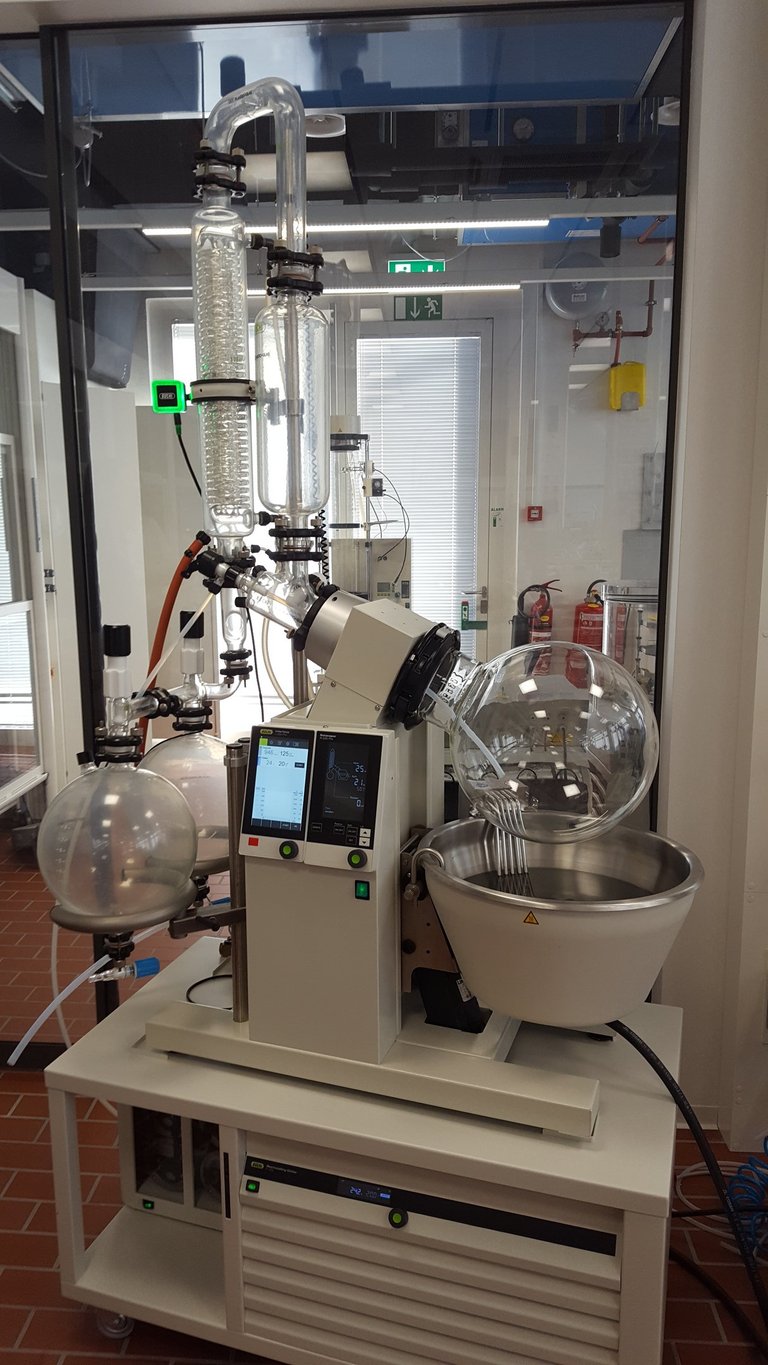The Evolution of Non-Alcoholic Spirits: Techniques and Trends
Non-alcoholic spirits are revolutionizing the beverage market, offering complex flavors without the buzz. At NM Spirits Consulting, we excel in guiding clients through their creation, from innovative production techniques to strategic market positioning. Here’s a deeper look into the precise processes involved and the market trends shaping this industry.
Nicolas Malfondet
12/3/20244 min read
1. Detailed Processes for Non-Alcoholic Spirit Production
Non-alcoholic spirits are crafted using advanced techniques to deliver depth, balance, and complexity while aligning with consumer expectations. Below are the main methods involved:
1.1 Maceration/Infusion in Water
Maceration is often the first step in creating non-alcoholic beverages. Ingredients such as botanicals, spices, fruits, or herbs are steeped in water to extract flavors.
Step 1: Ingredients selection. Ingredients are chosen based on the desired flavor profile, such as citrus for brightness or juniper for earthy and spicy notes. They are also chosen for their ability to migrate in water. Indeed, some botanicals contain aroma compounds that prefer a maceration at high proof (hydrophobic compounds) whereas other would rather migrate at low ABV or even in water (hydrophilic).
Step 2: Use higher quantities of botanicals. As water is generally weaker than alcohol for the extraction of flavors, a greater concentration is often needed. You may want to reach 5 et 10 times the quantity you would have put in maceration into alcohol. Crushing them might also help but can also bring unwanted bitterness.
Step 3: Enhance the extraction. Heat or other techniques like microwaves or ultrasounds help the aromas to be extracted by the water.
N.B: Pure water (osmosis, filtered, distilled, demineralized) is needed to avoid off-flavors and to improve the stability of the maceration.


1.2 Dealcoholization: Removing Alcohol from Spirits
To create non-alcoholic versions of traditional spirits, alcohol is carefully removed while preserving the spirit's original character. Here are the three most common methods:
Reverse Osmosis: The alcoholic beverage is passed through specialized membranes to separate alcohol from water. The resulting liquid is alcohol-free but the process also remove a lot of flavor and color compounds (issue which must be corrected afterward).
Reduced Pressure Distillation: Alcohol is evaporated at lower temperatures under vacuum pressure. This method minimizes flavor loss, but the resulting liquid is still poorly aromatic.
Cold Concentration: As alcohol freezing point is far lower (-114 °C; -173 °F) than water (0 °C; 32 °F), the two can be separated by chilling. Water ice is simply removed from the alcohol which remain liquid after being put in a freezer. Aromas are also lost in the process. Note than this technique is generally used the other way around to concentrate the ABV (e.g., of beers).
These alcohol-free bases can be blended with other aromatic elements or can further be used for maceration of botanicals (instead of water).


1.3 Flavor Enhancement and Mouthfeel
After the base or dealcoholized spirit is prepared, adjustments are made to enhance the sensory experience:
Flavor and Color Balancing: Adding extracts/aromas, natural oils, essences or coloring compounds to refine the taste and the visual of the beverage.
Aromas enhancers: Sugar, salt or glutamate can be added to improve aroma and taste perception.
"Kick" effect replacers: In the absence of alcohol, ginger, mint, pepper or bitter extracts are often added to implement a "kick" effect similar than the one perceived with ethanol.
Mouthfeel Boosters: Ingredients like sugar, glycerin or sometimes gum are added to improve texture and body to the beverage.
Additives: Other ingredients are needed to improve shelf life:
Acidifiers such as citric acid, acetic acid or phosphoric acid
Preservatives like potassium sorbate or sodium benzoate
Acidity regulators, acting like buffers to ensure the pH stability, such as tripotassium citrate or calcium citrate
Note: Even with all these additives, the shelf life of non-alcoholic beverages is often 1 year at the top.
Carbonation: Adding effervescence with carbon dioxide elevate the product’s appeal.
This phase brings the non-alcoholic spirit to life, ensuring it delivers complexity akin to its alcoholic counterparts.


2. Market Insights: Trends Driving Growth
The global non-alcoholic drinks market continues to expand rapidly, with consumers prioritizing wellness and mindful drinking:
Sales of non-alcoholic beverages are projected to surpass a worldwide sales revenue of $22 billion by 2026, with growth driven by innovation and celebrity-backed brands.
58% of Millennials and 42% of Gen Z report actively reducing alcohol consumption, favoring sophisticated alternatives.
Non-alcoholic spirits’ appeal lies in their versatility for cocktails, offering a premium experience without intoxication.


3. Marketing Strategy: Connecting with Consumers
Successful non-alcoholic spirits rely on strong branding and storytelling. At NM Spirits Consulting, we help clients:
Highlight natural ingredients and sustainability for a health-conscious audience.
Develop signature cocktails to showcase product versatility.
Cocktail idea:
Citrus Herb Mocktail
50 ml non-alcoholic botanical spirit
25 ml fresh lime juice
150 ml tonic water
Garnish: Rosemary sprig and grapefruit slice


Your Partner in Non-Alcoholic Innovation
At NM Spirits Consulting, we combine technical expertise with market knowledge to create non-alcoholic beverages that resonate with modern consumers. Whether you’re pioneering a new product or refining an existing one, we are here to support you every step of the way.
